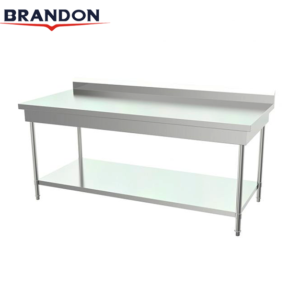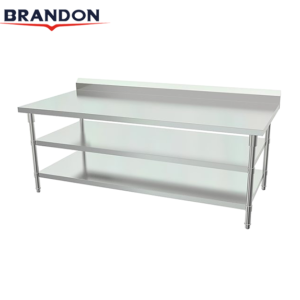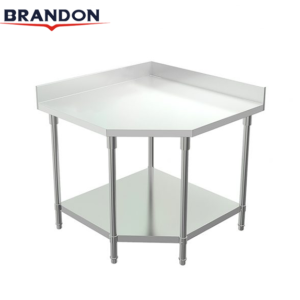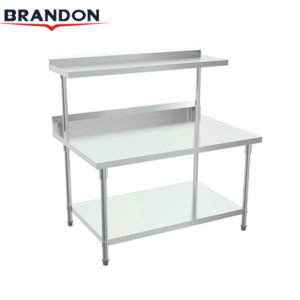Wall Cabinet
Features
- Easy access to the interior of cabinet
- Low noise sliding door
Dimensions
- Standard width (mm): 1000,1200, 1500, 1800
- Standard depth (mm): 350,400
- Overall height (mm): 600
Feel free to contact us should you have dimensional requirement other than the above.
Description
Superior strength:
- As strong as welded construction, meeting rigorous load bearing test and impact test.
- Do away with weak weldment as commonly seen due to poor workmanship.
Flat pack (knock down) design:
- For low cost of transportation and storage.
- Comes with one sided sliding door or pass through (hung under the ceiling).
- Doors can easily be installed and removed without the use of tools.
Flexible:
- 5 level shelf runner:user can adjust the height of intermediate shelf.
Frame
- Made of AISI 304 (201 option is available)
- Welded frame and corners with satin (Scotch Brite) finishing
- Thickness: standard 1.2 mm, other thickness also available)
Door
- Double skin for hygiene, easy to clean
- 0.8 mm thick
- 3 types: sliding door, swing door and Upswing door
Accessories
- Reinforced intermediate shelf: standard 1.2 mm thick (other thickness available)
Models below are of material 304. Please contact us if you need 201
| Item | Width | Depth | Height | Type of door |
|---|---|---|---|---|
| G100001 | 1000 | 350 | 600 | sliding |
| G100002 | 1200 | 350 | 600 | sliding |
| G100003 | 1500 | 350 | 600 | sliding |
| G100004 | 1800 | 350 | 600 | sliding |
| G100005 | 1000 | 350 | 600 | upswing |
| G100006 | 1200 | 350 | 600 | upswing |
| G100007 | 1500 | 350 | 600 | upswing |
| G100008 | 1800 | 350 | 600 | upswing |
| G100009 | 1000 | 350 | 600 | swing |
| G100010 | 1200 | 350 | 600 | swing |
| G100011 | 1500 | 350 | 600 | swing |
| G100012 | 1800 | 350 | 600 | swing |
| G100013 | 1000 | 400 | 600 | sliding |
| G100014 | 1200 | 400 | 600 | sliding |
| G100015 | 1500 | 400 | 600 | sliding |
| G100016 | 1800 | 400 | 600 | sliding |
| G100017 | 1000 | 400 | 600 | upswing |
| G100018 | 1200 | 400 | 600 | upswing |
| G100019 | 1500 | 400 | 600 | upswing |
| G100020 | 1800 | 400 | 600 | upswing |
| G100021 | 1000 | 400 | 600 | swing |
| G100022 | 1200 | 400 | 600 | swing |
| G100023 | 1500 | 400 | 600 | swing |
| G100024 | 1800 | 400 | 600 | swing |









